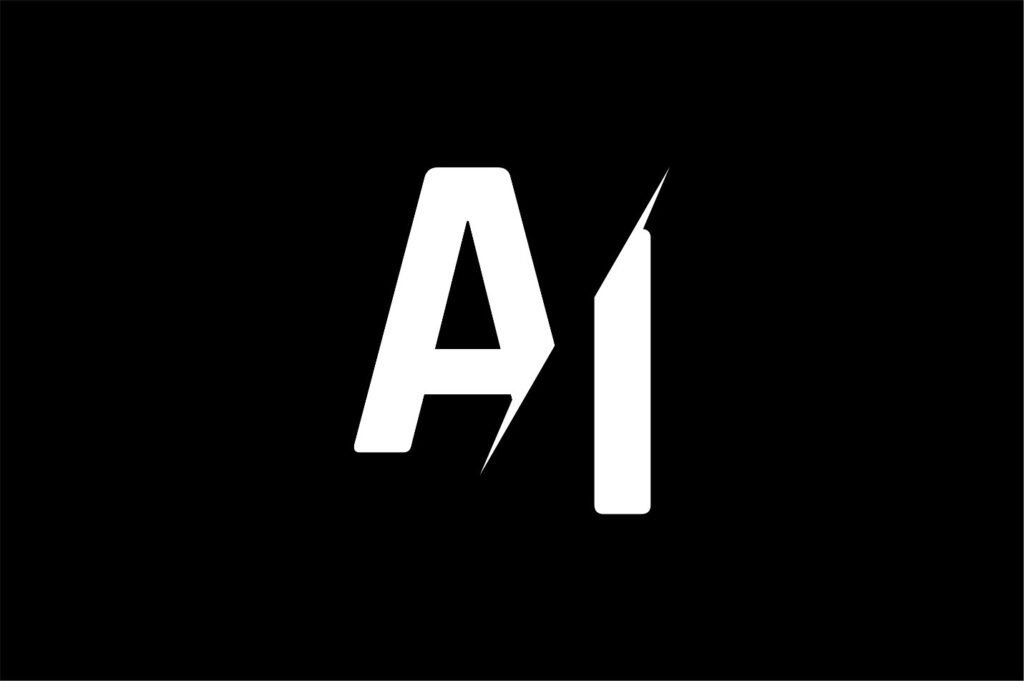An ancient Chinese proverb has it that “A journey of a thousand miles begins with a single step.” Never mind the concept of measuring distance in miles was codified in late 16th Century England, the sentiment is the same. The development of a highway, a network of roads can be traced back to Ancient Rome, the Appian Way having been constructed in the 4th Century BC. By 1983, the term “information superhighway” had made its way into the vernacular. Now, as artificial intelligence (AI) begins to merge lanes, so to speak, with traffic and transportation, the promise of moving people and goods more efficiently – especially when there are unexpected obstacles, such as an accidents, congestion, or road hazards – there is opportunity to mitigate transportation delays.
In their paper, “AI-Driven Real-Time Incident Detection for Intelligent Transportation Systems” Georgia Gkioka and Gregoris Mentzas from the Information Management Unit, Institute of Communication and Computer Systems (ICCS), National Technical University of Athens (NTUA), along with Monica Dominguez and Athina Tympakianaki, researchers from Spanish transportation software developer Aimsun, aim to synthesize data they collect from traffic cameras, sensors, GPS devices, and social media feeds (Because who isn’t posting to FB or IG while stuck in traffic, right?) to recognize patterns that indicate a bottleneck to combine with Machine Learning (ML) and Deep Learning (DL) that can learn from previous incidents to improve the flow of traffic information and, thereby, traffic itself.
The study concludes, perhaps not surprisingly, that gaps in the accuracy being fed into a proposed ITS necessitates integrating multimodal, heterogenous data sources – CCTV video streams for example – to corroborate the veracity of the information an ITS receives to ensure it can provide valid solutions. Quality data inputs, identifying and closing up missing values, and benchmarks, the study explains, are key to using AI to produce effective ITS.
Fuzzy logic and bee colonies can an efficient transportation system make
In their foray into the world of transportation management, “Applications of Artificial Intelligence in Transport: An Overview,” researchers in the Department of Civil and Construction Engineering at Swinburne University in Australia provide insight into ways the challenges of increasing travel demand, CO2 emissions, safety concerns, and harmful impacts on the environment can use artificial neural networks (ANN), genetic algorithms (GA), simulated annealing (SA), artificial immune systems (AIS), ant colony optimizer (ACO), bee colony optimization (BCO) and Fuzzy Logic Model (FLM) to improve traffic management, traffic safety, public transportation, and urban mobility.
The paper takes a broad approach to help public transit authorities, optimize schedules, synchronize traffic signals, optimize travel routes on-the-fly, develop future plans for infrastructure including how to account for severe weather disruptions, maintenance, and rehabilitation of existing infrastructure. As autonomous enter transportation systems on the ground and in the air, transit agencies will need to factor in the human bias that may have impacted their systems’ data while being mindful of errant conclusions, also known as hallucinations.
From smart cars to smarter planes, trains, and automobiles
Transportation systems are about to undergo radical changes even if the wheels in motion aren’t yet apparent to the average driver. Using LLMs to synthesize historical data, researchers and AI professionals are working behind the scenes to invent the transportation systems of the future. Systems were traffic flows smoothly, planes run, if not entirely on time, then at least with fewer delays, and even public transportation systems are no longer relics of their 20th Century visions.








